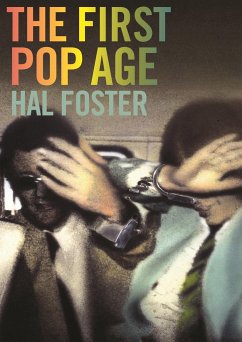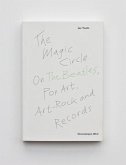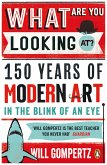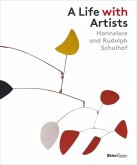Who branded painting in the Pop age more brazenly than Richard Hamilton, Roy Lichtenstein, Andy Warhol, Gerhard Richter, and Ed Ruscha? And who probed the Pop revolution in image and identity more intensely than they? In The First Pop Age, leading critic and historian Hal Foster presents an exciting fresh interpretation of Pop art through the work of these Pop Five. As The First Pop Age looks back to the early years of Pop art, it also raises important questions about the present: What has changed in the look of screened and scanned images today? Is our media environment qualitatively different from that described by Warhol and company? Have we moved beyond the Pop age, or do we live in its aftermath?
"Foster's book offers the most sustained demonstration to date of the once contested belief that, far from merely reproducing their source materials, Pop paintings reinvent them. . . . Foster shines here. . . . His great pages on $he (1958-61 . . .) are unmatched in their grasp of tabular painting."--Anne Wagner, London Review of Books








